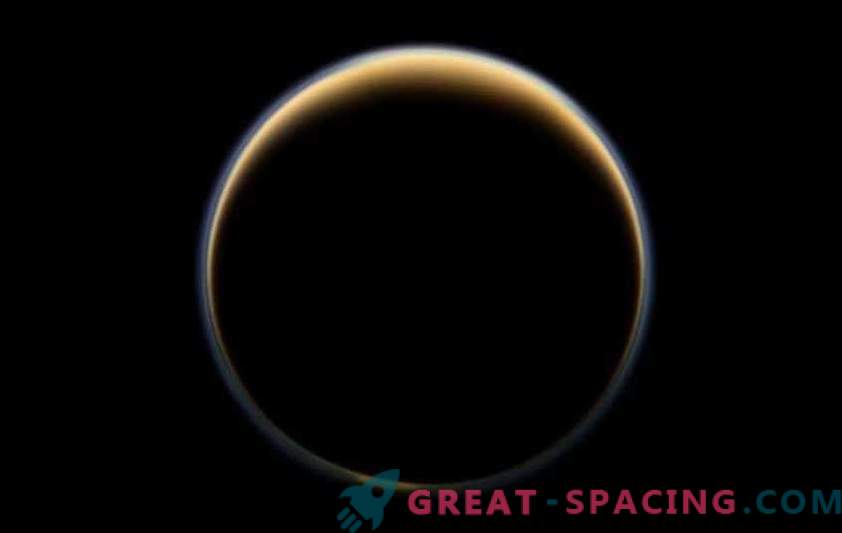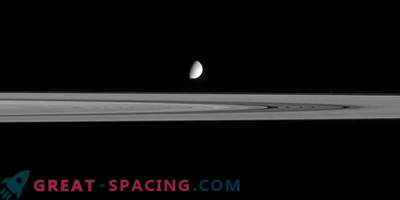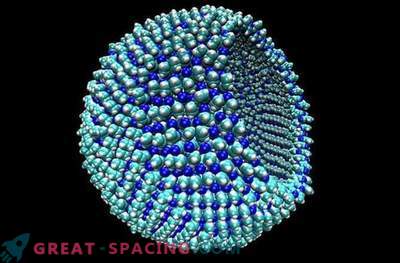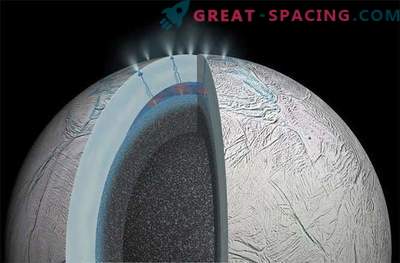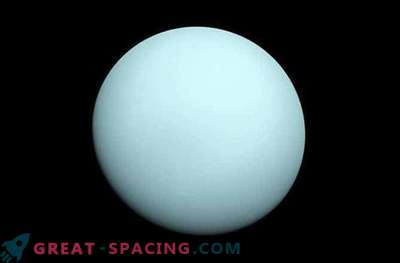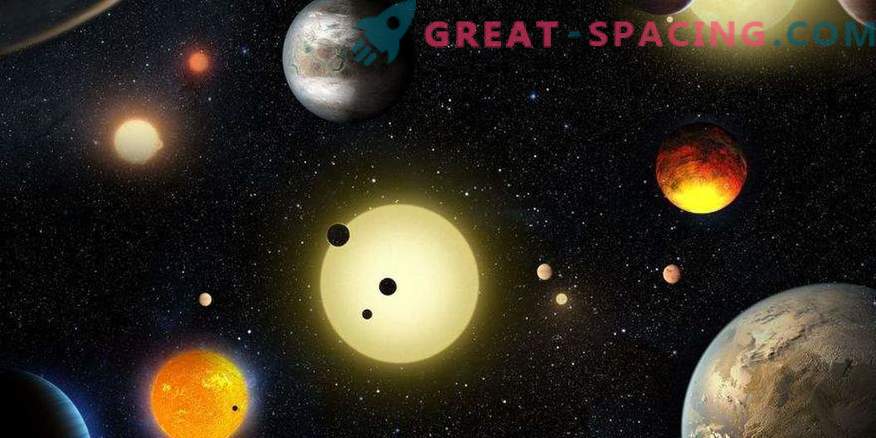
We know that life known to us in all its diversity exists only on Earth. However, in theory, living organisms can be found on other objects of the solar system. Even earthly life demonstrates vitality in extreme conditions. Therefore, you can find it where you do not expect to see.
Life on Venus
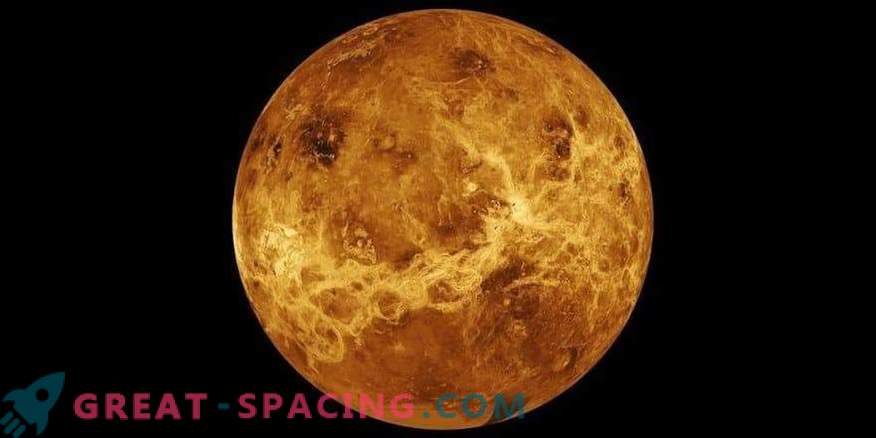
Yes, this is the hottest planet in the Solar System, but not everything is as bad as it seems. Scientists believe that even now life on Venus can still exist. She only needs to climb to a height of 50 km above the surface. Comfortable temperature and atmospheric pressure are observed in this atmospheric layer.
It is believed that the clouds in the atmosphere of Venus are able to contain chemicals that initiate the forms of biological life. That is, on the second planet from the star it will be possible to meet hypothetical microorganisms. As an energy source, they use the ultraviolet light of the sun.
In the past, life had a lot more chances, because on the surface there could be water removed due to the greenhouse effect. Water is an excellent environment for the development and evolution of life. In the dried rocks you can find traces of ancient organisms. Here you just need to create a strong descent module, which will withstand the conditions of this hot world.
Life on Mars
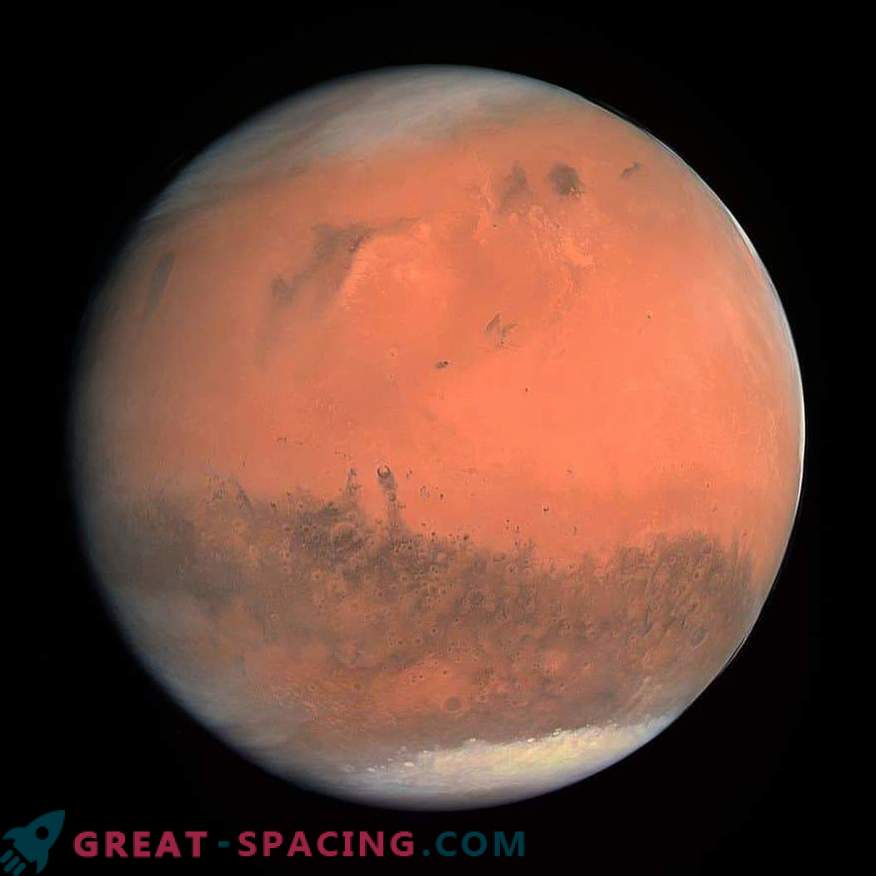
The red planet seems to us a terrible radiation desert. However, Mars is considered not only as a future human colony, but also as a place where life could first arise. Earlier on the surface one could see rivers, lakes and even the ocean. Now the water is preserved in the form of ice and a hypothetical liquid lake under the ice cap. Interestingly, the researchers are looking for not only fossils, but also possible organisms, because on Mars there are still areas favorable for life. So that you understand the potential, 19-20 factors stand out on the Red Planet, which speak in favor of the presence of primitive organisms.
Most likely, life forms are hidden in a salt lake or below the surface (at geothermal points), which will provide protection from radiation. The most optimistic estimates indicate that we will find organisms already at a depth of 1 m.
Life on Titan
In the outer solar system there are gas and ice giants with very unfavorable conditions. Therefore, it is necessary to shift the focus of attention from the planets to their beautiful satellites. Researchers are peering ever closer at Saturn’s largest satellite, Titan.
On the one hand, this place is colder than Earth and is devoid of water in a liquid state on the surface. On the other hand, Titan is endowed with a thick atmospheric layer with many chemical elements and carbon compounds. There is a possibility that under the ice shell you can detect a huge amount of liquid water, which is heated by tidal interaction with Saturn. These liquid mixtures can create prebiotic chemistry for living organisms.
We know that life does not exist without water. But this is the earthly point of view. Researchers believe that life on Titan could be based on liquid carbon, like methane and ethane. It turns out that hypothetical living things in titanium methane lakes can take H2 instead of O2, react with acetylene instead of glucose and create methane rather than carbon dioxide. Interestingly, in 2015 it was even possible to remove a hypothetical cell membrane capable of functioning in liquid methane. The basis will be acrylonitrile, which is present on Titan. By the way, this satellite has the highest habitability of all worlds after the Earth.
Life in Europe

Ice satellite of Jupiter - Europe
Life can be found on Europe - the smallest satellite of the Galilean family of Jupiter. It is believed that under the ice crust also lies a vast liquid and salty ocean. Most likely, the ocean is in contact with the seabed, and the energy from tidal forces controls the active geological processes inside the satellite.
If life on Europe is there, then it is not spread across the moon. It should accumulate near hydrothermal springs on the ocean floor or even under the bottom. For example, in these territories endoliths live on Earth. There is an even simpler option - the organisms on the back of the water layer. They will attach, like algae and bacteria, like life in terrestrial polar regions.
Life on Enceladus
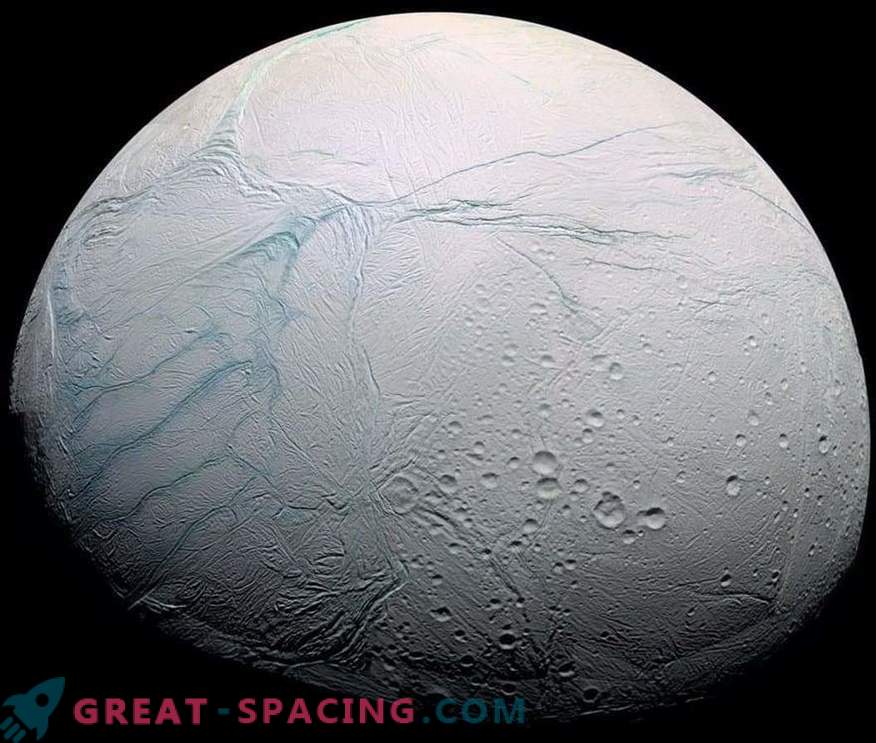
“Tiger stripes” are sources of ice eruptions. The picture was taken by the Cassini apparatus in 2009.
Completing the list of the most promising places to live in the solar system is another Saturn's satellite Enceladus. This object attracted the attention of scientists due to its activity — it throws streams of salt water from geysers. Their analysis showed that the source of energy is hydrothermal activity, which is capable of acting in the ocean below the surface. Potential habitat is created by the presence of an internal salty ocean with an aquatic environment, supported by energy source circulation patterns, the presence of complex organic compounds, and contact with the rocky core of Enceladus.
In addition, there is a large amount of hydrogen in the ocean, which means potential microbes can use it to generate energy by combining hydrogen with carbon dioxide dissolved in water.
Postscript
We named the most attractive places to search for life in the Solar System, where missions for research are being prepared in the near future. But scientists believe that some forms of life can survive under the most extreme conditions. So, in fact, there may be much more habitable planets and satellites. Most likely, these will be primitive organisms. But we will be pleased with any detection.
